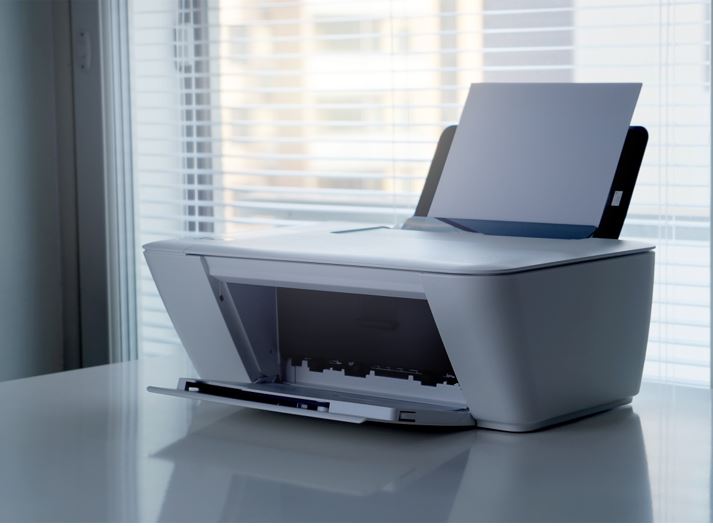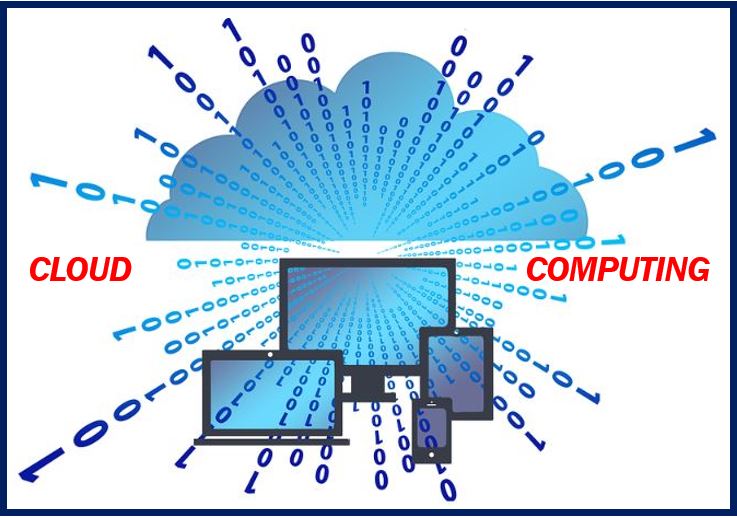Fax remains a widely used and trusted form of communication for businesses across the world. Despite its reputation for being an outdated technology from the 1980s, its presence in the digital age has forced businesses and organizations to either reject it wholesale, or to adapt and find a place for it alongside digital sever-based communication and cloud computing.
While many organizations have opted to rely on email, a few industries—like health and legal services—still use fax as a common mode of communication.
 As recently as 2017, a survey found that the largest proportion of organizations across Western Europe, Asia Pacific, and North America were increasingly using fax instead of moving away from it.
As recently as 2017, a survey found that the largest proportion of organizations across Western Europe, Asia Pacific, and North America were increasingly using fax instead of moving away from it.
In 2018, it was also found that the UK’s National Health Service (NHS) was the largest purchaser of fax machines in the world, with more than 8,000 estimated to be in use across various hospitals and health service institutions.
This use of a communication technology disparaged for being archaic begs two questions: why is it still being used? And is there a place for fax in the digital age?
Reasons Fax Still Exists Today
While being four decades past its prime, there are still some benefits that explain why fax is still routinely used, such as:
- Security: In some cases, faxes provide a more secure method of communication because there is a direct connection between the sender and recipient. When emails are sent, they have to go through various networks and servers before they reach their destination. This allows, at various stages, for hackers to intercept them. However, like any communication system, old fax systems do have their own weaknesses as well.
- Legality: With the advent of fax, legal systems provided for their admissibility as evidence, especially in contract law with fax signatures being acknowledged as valid. While electronic signature laws have started to become incorporated around the world, emails still pose notoriously difficult problems as admissible evidence.
- Confirmation: Faxes generally have an instant confirmation regarding the sending and reception of messages, whereas emails are sent with no confirmation of receipt.
- Comfort: For many businesses there is no desire to change systems that work for their purposes, and overhauling communication systems can be a large undertaking.
In an attempt to bring together the advantages of modern technology with the persistence of fax, new approaches are being devised that draw on the advances of cloud computing, modern encryption, and integrative technologies.
 Bridging the Gap
Bridging the Gap
Having taken into account that fax machines are still in existence today, new platforms are providing virtual fax systems which allow emails to be sent directly to fax machines, and faxes to be sent directly to email addresses. Given that organizations in key sectors like health and law still have fax machines, as well as companies across the world, this integrative process bridges an otherwise legally complicated technological gap.
Not only does it bring together digital and fax-based companies, but also integrates them into the wider cloud-computing environment with platforms like Google fax services allowing the use of the entire G suite alongside faxing.
Virtual faxing brings into the digital age many of the benefits of legal alignment and security through modern encryption that fax users today depend on. Furthermore, the benefit to businesses in the reduction of costs opens up the possibility for start-ups and smaller businesses to thrive in secure communication.
While many technological advances for businesses mean the disposal of old and outdated machines and systems, the advancements of virtual fax innovates and adapts an old technology to a new era, altering the landscape for modern business practices.
_______________________________________________________________
Interesting related article: “What is Cloud Computing?“

